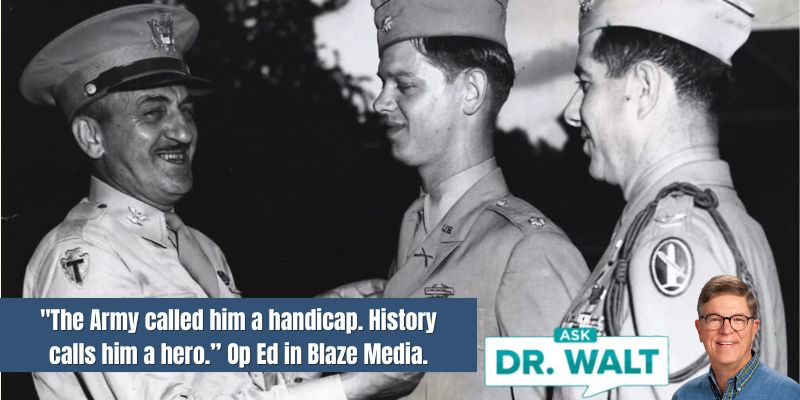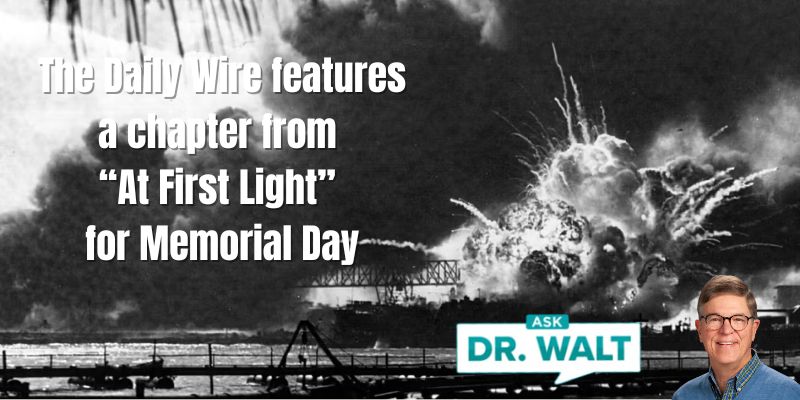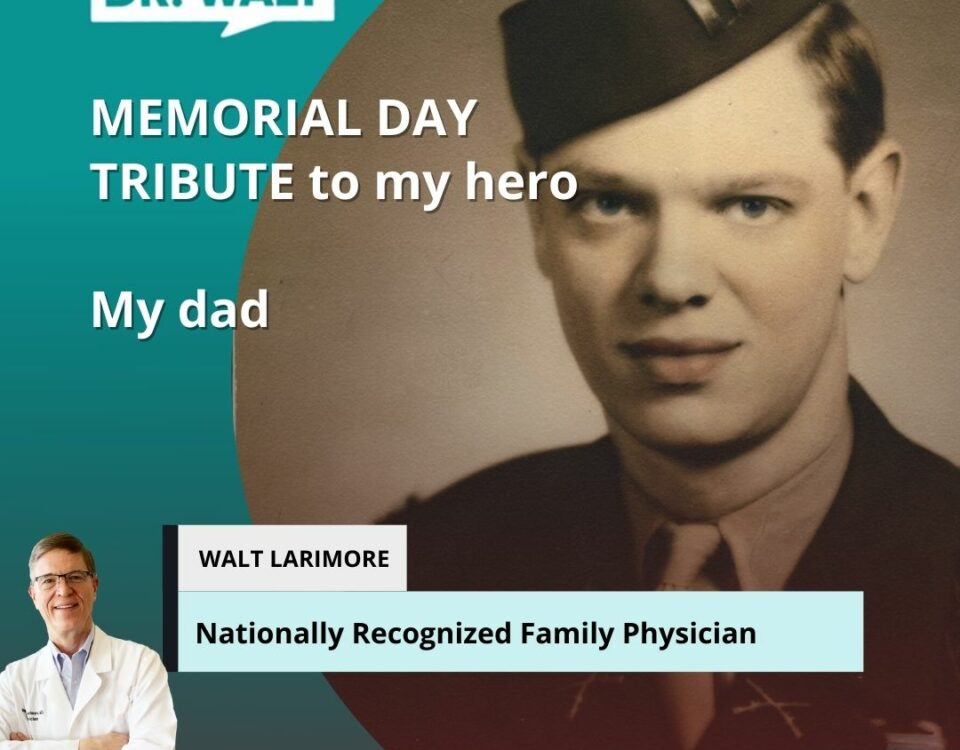
January 23, 1945, Part 3 — Phil knew his best friend and all of his men were dead
January 23, 2025
January 25, 1945 — The 30th Regiment survivors were dazed, angry, and embarrassed but with a spirit of revenge
January 25, 2025January 24, 1945 — 36 hours of fighting left Phil and his men exhausted and hanging on by their fingernails
In the darkness after midnight, German armor freely roamed the fields around the Maison Rouge Bridge. General O’Daniel, 3rd Division Commander, informed Colonel McGarr [30th Infantry Regiment commander] of their plan to hold the bridgehead and a line along the Ill River. The engineers were working to get the bridge back in service after the tank fell through. In the meantime, Lieutenant Colonel Mackenzie E. Porter, Phil, and their men continued to hold the Maison Rouge farm complex.[1]

After getting off the radio, Colonel Porter said, “Neddersen’s running the regiment.”
“Was Colonel McGarr injured?” Phil asked. It was an almost unimaginable possibility to consider he might be out of action.
Porter chuckled. “They couldn’t kill the SOB if they tried. Colonel McGarr left the CP and is working the front, up and down the Ill’s west side. For hours, he’s been assembling the men lost from their units, giving them talks of reassurance and making arrangements for their re-equipment and prompt return to the battle. Now they say he’s touring the regiment’s entire front, stopping at each foxhole, encouraging each man, and repositioning men as needed. The men returning to the CP say he’s ignoring the fire from enemy tanks and machine guns that are blanketing our 2,000 to 3,000-meter sector—the one he’s been walking the last five hours. There are rumors he’s been hit by a bullet but is still going.”
“McGarr’s one tough bastard!” one of the men said.
“Damn right! And it’s Colonel Bastard to you men!” Phil turned toward the gravelly voice striding into the farmhouse. It was Colonel McGarr, smiling at his new nickname. The men sprung to attention and saluted.
“At ease. What you’ve heard are rumors. It’s not a 3,000-meter front—it’s 5,000 meters, just over three miles. It’s tough trudging through the thick snow and ice, and almost impossible to see given the heavy snowfall. And about that bullet that hit me, it ricocheted off one of our vehicles. Just a damn flesh wound.
“But nothing I’m going through compares to what you Dogfaces have done and are doing. You’re the tip of our spear right now. Know that stoves, hot coffee, blankets, beaucoup ammunition, guns, and mortar, along with fresh jackets, are all coming across the foot bridge to you. You’re going to be backed up to the hilt, but know this: If we lose this bridge, we may not be able to push the damn Krauts out of France and back into Germany. I’m depending on you men. Don’t let me down.”
Before they could respond, the colonel spun around and left as rapidly as he had entered.[2]
~~~~~
At approximately 0430 hours on January 24, 1945, another furious German counterattack began. Porter and his executive officer, Captain William G. Stucky, manned the stone farmhouse as Phil commanded his men from a nearby stone barn. From their CP, the men of the 30th directed another furious American artillery barrage on the enemy infantry and tanks while having their men fire every available weapon to hold the bridgehead.
The Germans briefly backed off. Then at first light, the enemy began a new series of counterattacks with infantry, half-tracks, and a steady barrage of mortars and shells. By 0800 hours, German fire grew to a roar as the German Panther tanks and Jagdpanther TDs[3] began rolling out of the Riedwihr Forest, about a mile southeast of the farm complex, in a concentrated attack to push the GIs back into and beyond the river.
At the height of the early morning push, several enemy tanks drove across the Orchbach stream to within one hundred yards of the farmhouse complex. Wave after wave of German armor and infantry were hurled against the GIs. Despite hopeless odds, the regiment held on tenaciously to the bridgehead.
Phil was intensely concerned that the German 2nd Mountain Division’s superior forces and its supporting tanks would overrun the Maison Rouge, killing them or forcing them to surrender. The 30th had never been defeated, which spurred Phil to direct mortar and artillery fire that temporarily disorganized the German infantry, knocking out one enemy tank as four others began pulling back across the Orchbach.[4]
After over 36 straight hours of fighting, Phil and his men were both exhausted and barely hanging on by their fingernails.
~~~~~
[1] Larimore, At First Light, 197.
[2] Larimore, Ibid, 197-198.
[3] The Panther was a German medium tank designated as the Panzerkampfwagen V Panther. Some reports refer to it as the Mark V. The Jagdpanther (German for “hunting panther”) was a German tank destroyer (TD) based on the chassis of the Panther tank.
[4] Larimore, Ibid, 198-199.
In case you haven’t read or listened to Dad’s book, you can learn more or order it here.
© Copyright WLL, INC. 2025.




